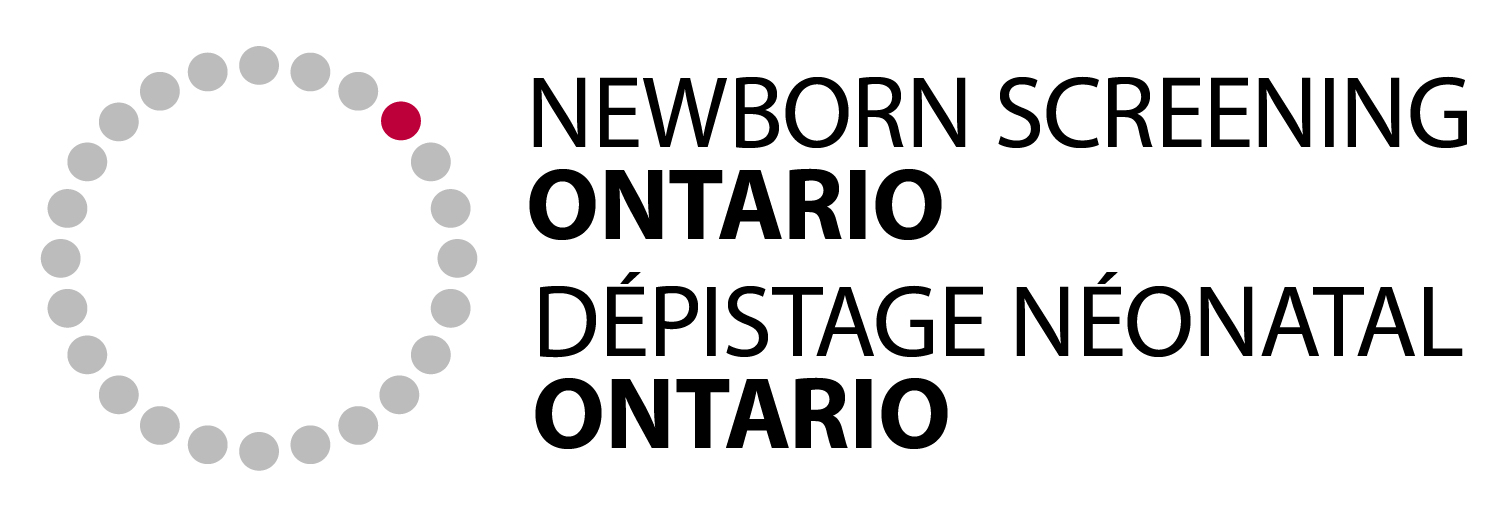Your baby’s pediatric neurologist and healthcare team will discuss management and treatment options available to your child.
Treatment is available for babies with SMA who have 1, 2 or 3 copies of the SMN2 gene. Babies with 3 or less copies are expected to have SMA type 1, 2 or 3.
In Ontario, a medication called Nusinersen (Spinraza) is approved for treatment of patients with SMA who have 3 or less copies of the SMN2 gene.
- If started early, Nusinersen can stop the progression of SMA.
- Nusinersen is provided in a hospital by a physician and is given through a spinal tap (lumbar puncture).
- Treatment is lifelong and begins with 6 treatments in the first year of life. After the first year, treatment is given 3 times each year.
Without treatment, the more severe, early onset forms of SMA (type 1 in particular) will lead to death in the first year or two of life.
Gene therapy (Zolgensma) is being developed but is not yet approved for use in Canada. It may be available on a compassionate basis through Global Access Program, however this cannot be guaranteed.
Babies with 4 or more copies of the SMN2 gene will be checked regularly for symptoms of SMA. Babies with 4 or more copies of the SMN2 gene are expected to have SMA type 3 or type 4, but some babies may develop type 2. If symptoms develop, your child’s doctor will discuss treatment options.
